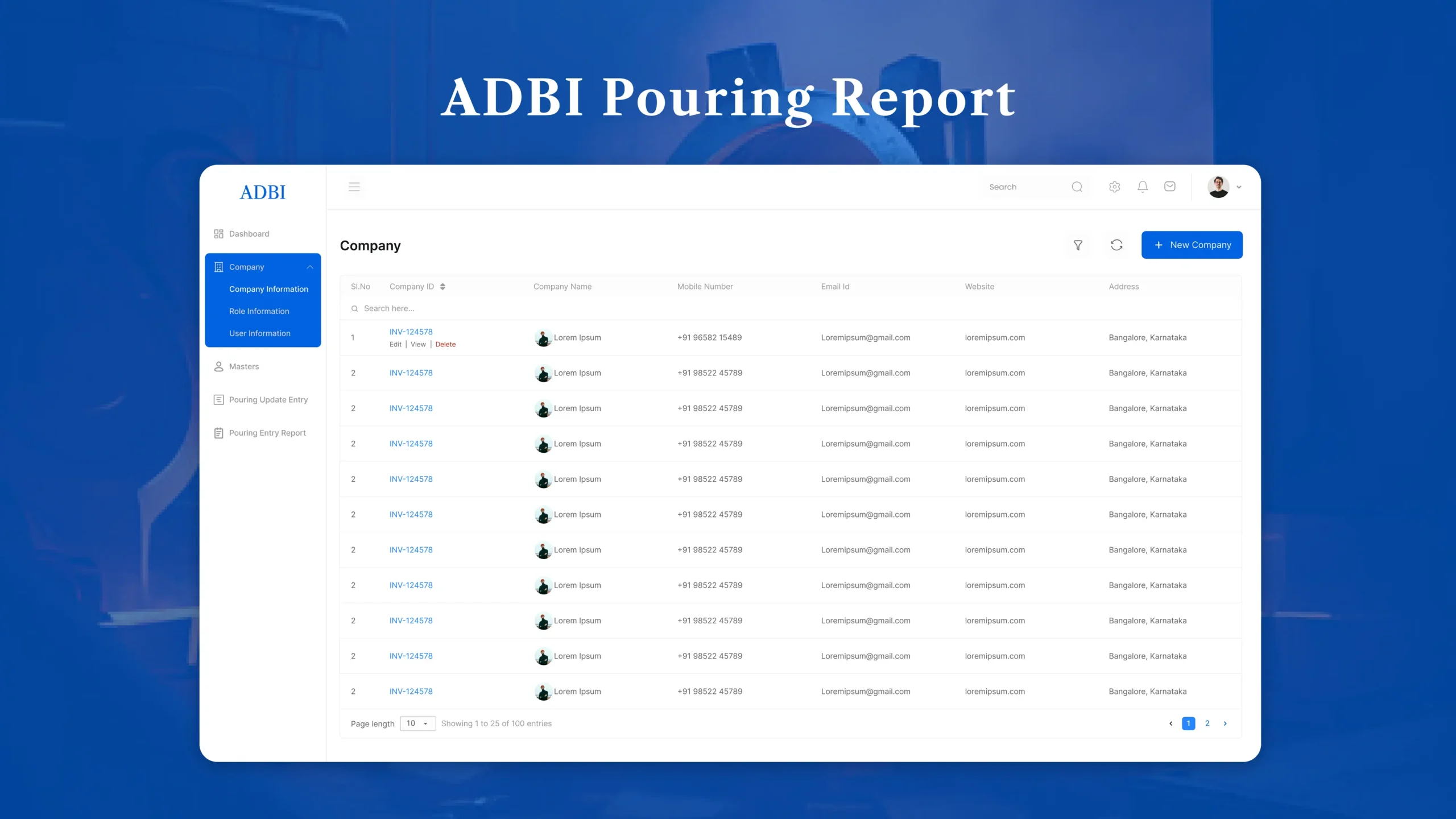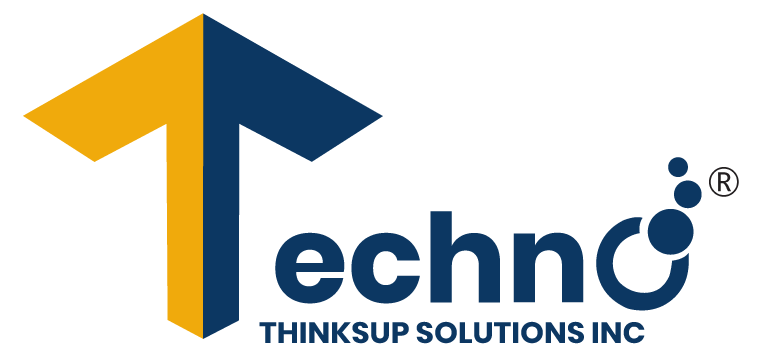
ADBI Pouring Management Web Application
Background:
ADBI, a leading automobile foundry, recognized the need to modernize and optimize their pouring entry management processes. Manual methods for tracking pouring activities, managing inventory, and scheduling were proving to be time-consuming and error-prone. To address these challenges, the ADBI Pouring Management Web Application project was initiated. The aim was to create an integrated solution that automates pouring entry processes, improves inventory tracking, and optimizes scheduling to enhance overall foundry operations.
Objective:
The primary objective of the project was to develop a web application tailored for pouring management in the automobile foundry. Key goals included:
- Automation of Pouring Entry: Implementing a digital system to automate and streamline the pouring entry process, reducing errors and enhancing efficiency.
- Enhanced Inventory Tracking: Developing a robust inventory tracking system to provide real-time visibility into raw materials and finished products.
- Optimized Schedule Management: Improving coordination between pouring activities and other foundry operations through an integrated scheduling module.
- Operational Efficiency: Minimizing manual interventions and improving overall operational efficiency within the foundry.
Challenges:
Several challenges were identified at the project’s inception:
- Manual Data Entry: Manual pouring entry processes led to errors, delays, and inconsistencies in data.
- Inventory Management: Lack of real-time inventory tracking resulted in difficulties in maintaining accurate stock levels.
- Scheduling Coordination: Coordinating pouring schedules with other foundry operations proved challenging without a centralized system.
- Technology Adoption: Ensuring seamless adoption of the new web application among foundry staff required overcoming resistance to change.
Solutions:
A set of comprehensive solutions were implemented to address the identified challenges:
- Digital Pouring Entry System: A user-friendly digital pouring entry system was developed to replace manual processes, reducing errors and providing real-time data.
- Centralized Scheduling Module: A centralized scheduling module was implemented to coordinate pouring activities with other foundry operations, improving overall efficiency.
- Change Management: A change management strategy, including training programs and communication initiatives, was implemented to facilitate smooth user adoption.
Results:
The implementation of the ADBI Pouring Management Web Application led to significant positive outcomes:
- Error Reduction: The digital pouring entry system significantly reduced errors associated with manual data entry, improving data accuracy.
- Real-time Inventory Visibility: RFID and barcode integration provided real-time tracking of inventory, leading to better control and management of raw materials and finished products.
- Improved Scheduling Coordination: The centralized scheduling module improved coordination between pouring activities and other foundry operations, leading to increased operational efficiency.
- Successful User Adoption: The change management initiatives resulted in successful user adoption, with staff embracing the new web application.
Conclusion:
The ADBI Pouring Management Web Application project successfully addressed the challenges faced by the automobile foundry, providing a holistic solution for pouring entry management, inventory tracking, and schedule optimization. The project not only improved operational efficiency but also demonstrated the transformative power of technology in industrial processes. The commitment to change management, technology integration, and ongoing support showcased the project’s success in meeting its objectives. This case study serves as a testament to the positive impact of digital transformation in enhancing operations within the manufacturing sector.




 Web Development
Web Development
 App Development
App Development
 IT Consulation
IT Consulation
 UI/UX Design
UI/UX Design
 Ecommerce
Ecommerce
 Content Marketing
Content Marketing
 DevOps Services
DevOps Services
 Software Development
Software Development
 Digital Marketing
Digital Marketing
 Social Media Marketing
Social Media Marketing
 Search Engine Optimization
Search Engine Optimization
 AWS Managed Services
AWS Managed Services
 QA And Software Testing
QA And Software Testing
 Local Search Optimization
Local Search Optimization
 Technology Outsourcing
Technology Outsourcing
 Metaverse Development
Metaverse Development
 Web 3 Consulting
Web 3 Consulting
 IoT App Development
IoT App Development
 VR App Development
VR App Development
 IT Staff Augmentation
IT Staff Augmentation
 Startup App Development
Startup App Development
 Saas App Development
Saas App Development
 Low Code Development
Low Code Development
 Product Engineering
Services
Product Engineering
Services
 Custom CRM Development
Custom CRM Development
 Offshore Development
Center (ODC)
Offshore Development
Center (ODC)
 Machine Learning
Development
Machine Learning
Development
 Blockchain App Development
Blockchain App Development
 Blockchain In Identity Management
Blockchain In Identity Management
 Artificial Intelligence
Development
Artificial Intelligence
Development
 Dedicated Development Team
Dedicated Development Team
 Strategic Mobile
Consulting
Strategic Mobile
Consulting
 Scrum
Scrum
 DevOps
DevOps
 Lean
Lean
 Kanban
Kanban
 V-Model
V-Model
 Waterfall Model
Waterfall Model
 Design Thinking
Design Thinking
 Agile Development
Agile Development
 Prototype Methodology
Prototype Methodology
 Rapid Application Development (RAD)
Rapid Application Development (RAD)
 Feature-Driven
Development (FDD)
Feature-Driven
Development (FDD)
 Dynamic Systems
Development Method (DSDM)
Dynamic Systems
Development Method (DSDM)





